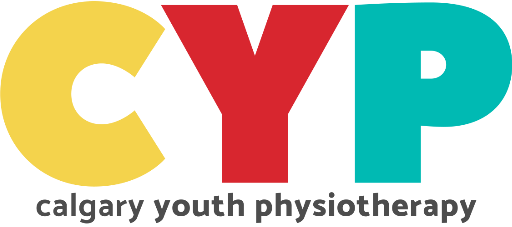Sports and physical activity are excellent for child and teen health, fitness, and self-esteem. Active youth benefit in many ways, but sports and exercise injuries can happen because they are still growing and vulnerable to unique sports injuries that can limit participation and affect long-term development and musculoskeletal growth. With our expertise in sport-related injuries and the use of our teen and youth weight training equipment, we can help your child reduce injury and improve their power, performance and agility.
Injuries & Sports Performance
Sports Injuries (Fractures, sprains, strains)
Overuse injuries and growth-related pain
Concussion
Motor Vehicle Accidents
Sport Specific Prevention Screens
Pre-Pointe Assessment
Sports Injuries
Most soft tissue injuries happen in muscles, ligaments and tendons. Injuries often occur during sports and exercise, but sometimes simple activities can cause injury. Sprains and strains arise from acute injury caused by sudden trauma such as a fall, twist or blow to the body. They vary in severity from stretching that damages the ligament, muscle or tendon to partial or complete tissue tearing. A sprain is a stretch or tear of a ligament. Ankles, knees, and wrists are most vulnerable to sprains. Pain, bruising, swelling and inflammation are common symptoms of sprains. Strains are injuries to a muscle or tendon. Feet, legs, and backs are most susceptible to strains and may result in pain, muscle spasms, muscle weakness, swelling, inflammation or cramping. Bone fractures can occur from injury or repeated stress and may occur at children’s growth centres.
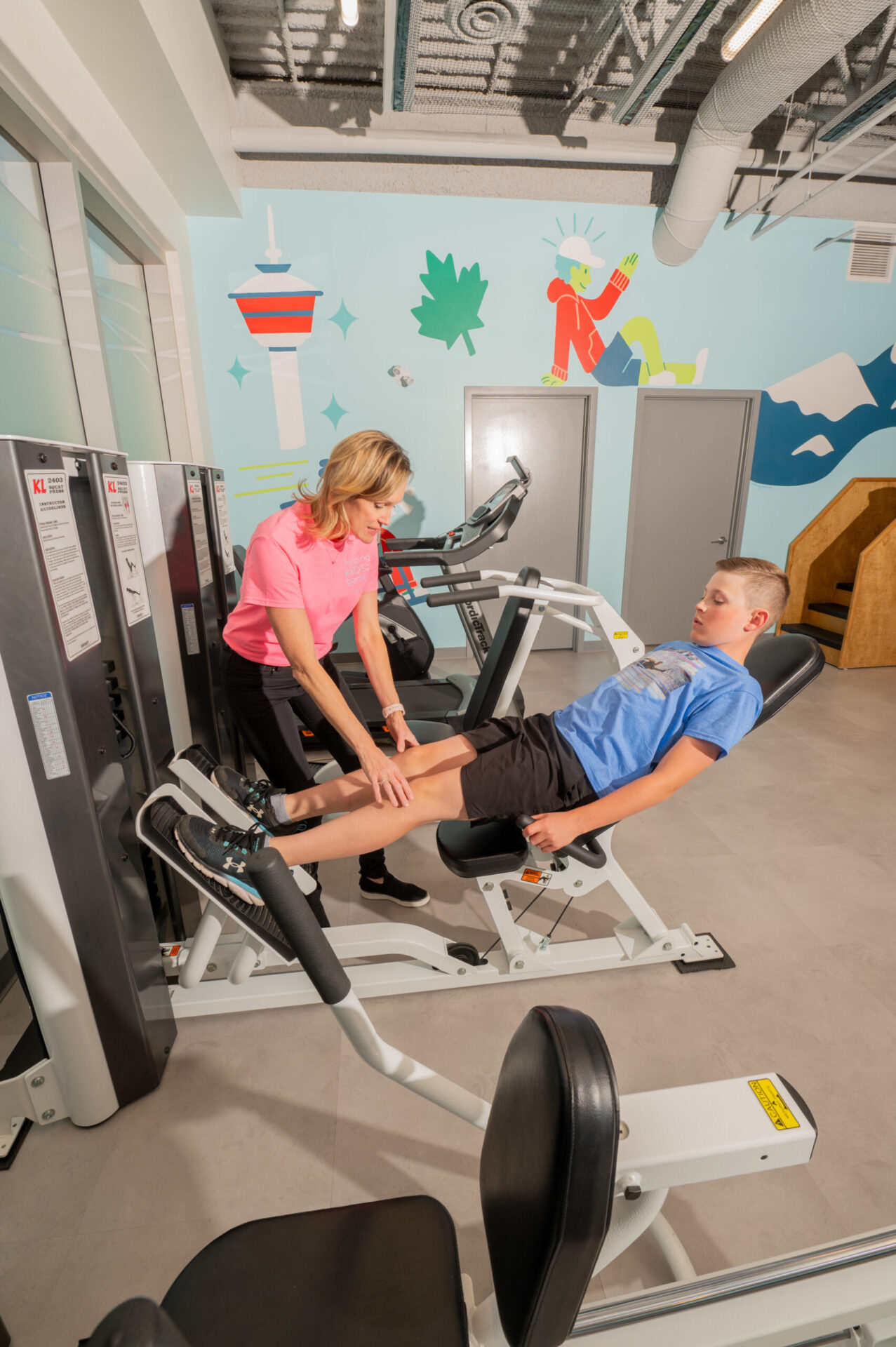
List of Treatments
Assessment to rule out fracture or growth centre injury
Advice on acute care
Education on taping, bracing and modification of activity
Progressive rehabilitation program
Return to sport planning
Communication with teachers and coaches
Prevention of recurrent injury
Manual therapy, stretching, dry needling, cupping, tapping
Overuse Injuries and Growth-Related Pain
Growth-related and overuse injuries are often associated with young athletes and sports-related activities. Because kids and teens are still growing, they are at greater risk for injury than adults, whose musculoskeletal system is mature. Growth and overuse injuries affect ligaments, tendons, bones, and growth plates. Generally, they happen over time when an athletic activity is repeated so often that the body does not have time to recover. Consequently, such injuries may lead to long-term problems or, in rare cases, impaired growth if left untreated.
Common growth and overuse-related injuries include growth centre pains such as Osgood-Schlatter’s Disease, Sever’s Disease, Little Leaguer’s Elbow, and Iselin’s Disease; growth plate injuries (“Gymnast’s Wrist”); tendonitis such as “Jumper’s Knee” (patellar tendonitis), Achilles tendonitis, and Plantar Fasciitis; and joint pains such as Patellar Femoral Pain Syndrome (PFPS), Transient Synovitis of the hip, or Spondylolisthesis.
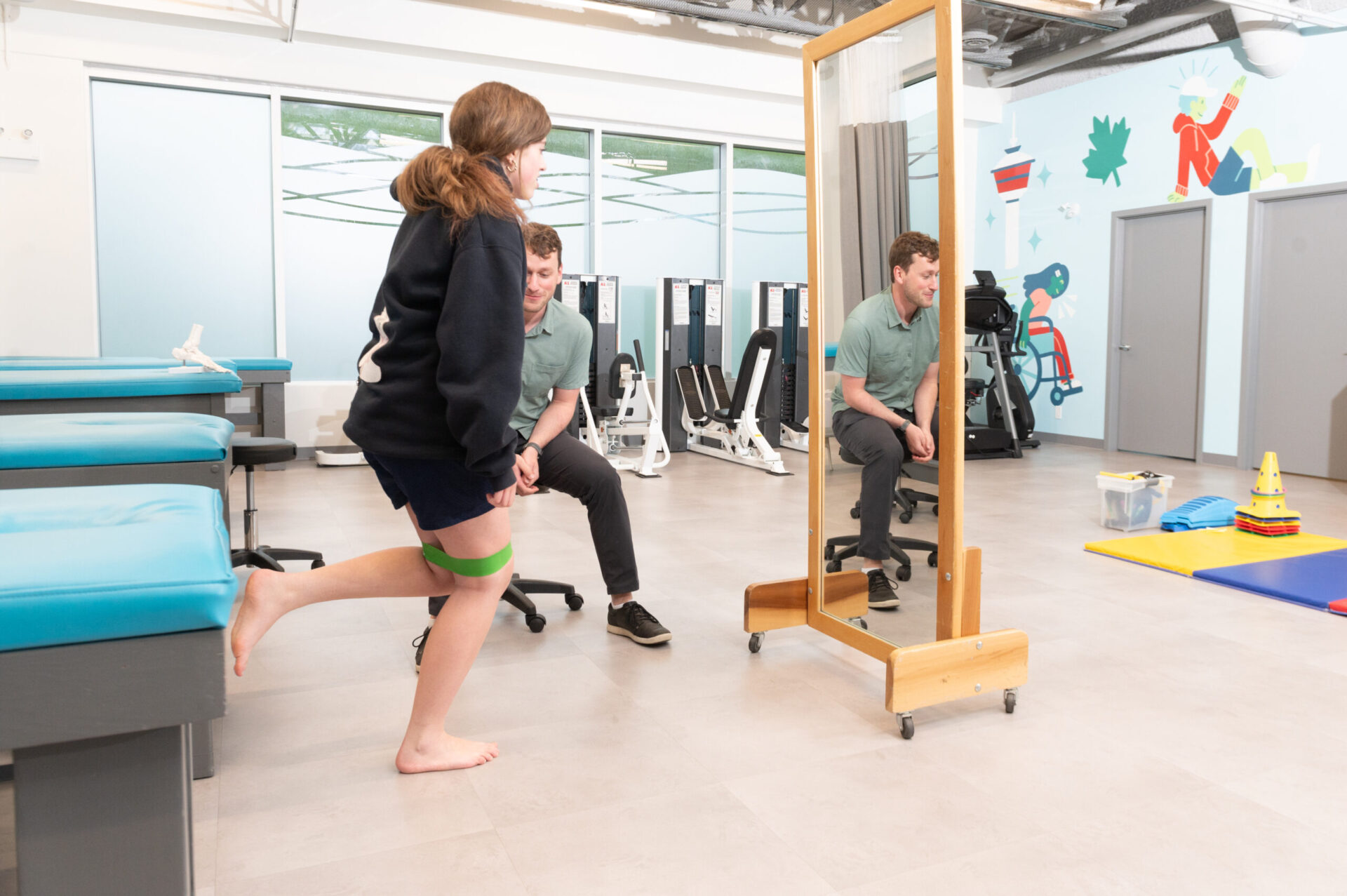
List of Treatments
Early diagnosis and intervention
Modified sport training
Development of strength, flexibility and control
Prescription of cross-training activities
Advice regarding splinting or support
Sport-specific movement guidance
Concussions
A concussion is the most common type of brain injury. It is a blow to the head and neck that can affect the brain’s work. Concussions can happen at any time (falls or motor vehicle accidents), but children involved in high-impact sports like hockey and football are at an increased risk. Though concussions are a mild brain injury, they should be taken seriously. Common symptoms include nausea, headache, confusion, dizziness or memory problems. If you suspect your child may have suffered a concussion and is exhibiting some common symptoms, you should seek medical treatment as quickly as possible.
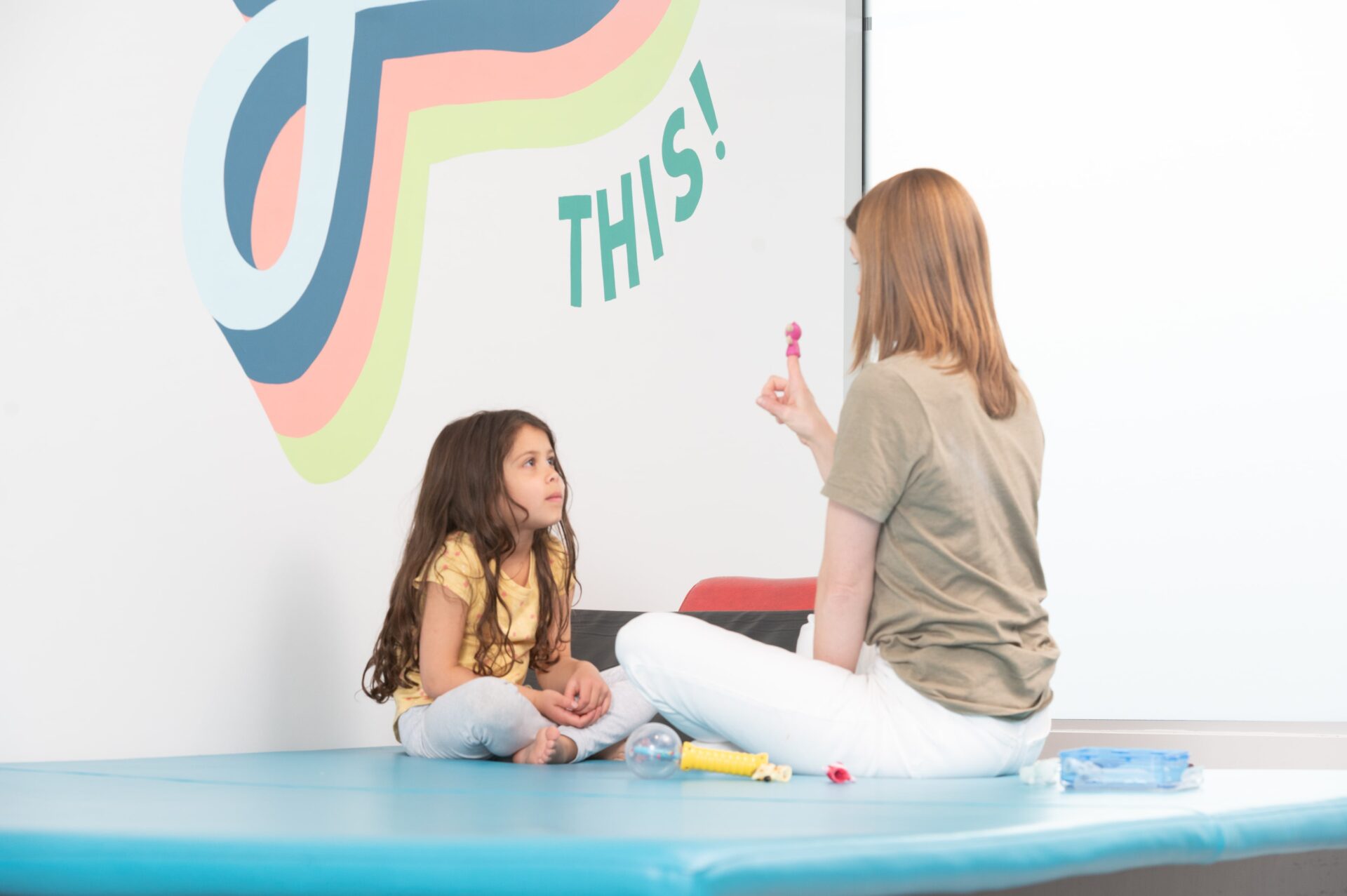
List of Treatments
Assess the severity of the injury and stage of recovery
Assessment of visual tracking, reflexes, and balance
Orthopedic evaluation of the cervical (neck) spine
Advice on return to school, sport and work plan
Progressive exercise program for neck and core strengthening
Balance and proprioception retraining
Vestibular and visual therapy
Motor Vehicle Accidents
Were you and your newborn or child in a motor vehicle accident? A variety of injuries can occur due to a motor vehicle accident. Some, like broken bones, are obvious, but soft-tissue damage or whiplash can be less apparent and take several days to appear. At CYP, we know what’s “normal” for infants and young children and can provide you with an appropriate assessment and effective treatment strategies.
Injury from motor vehicle accidents may include:
- Torticollis
- Headaches
- Neck and Back Pain
- Whiplash
- Decreased Range of Motion
- Muscle strains
- Ligament sprains
- Fractures
- Post-surgical and post-fracture
- Concussion
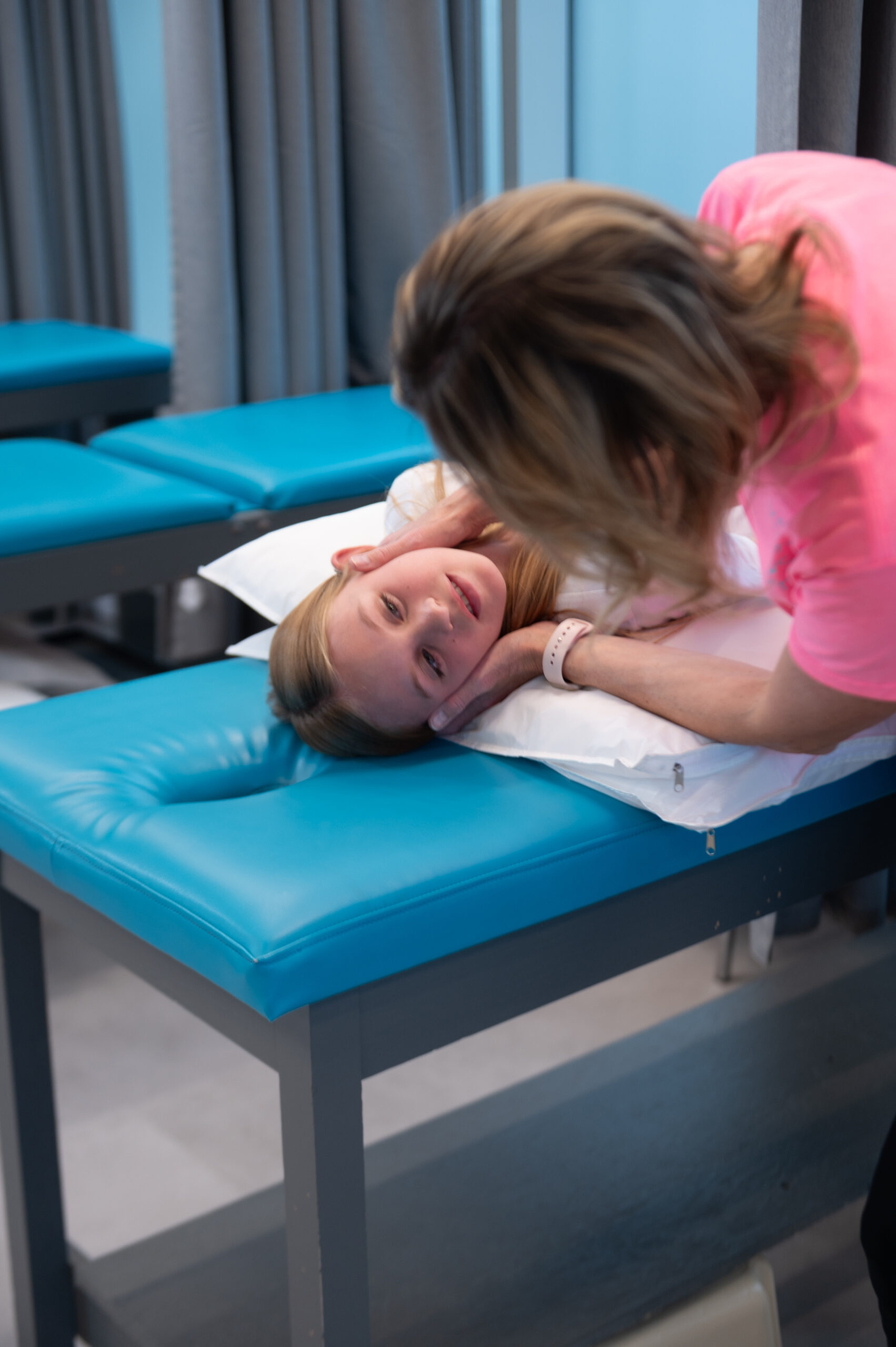
List of Treatments
Detailed assessment and documentation of injury
Communication with physician and insurance company
Manual therapy, Soft tissue massage, stretching, dry needling, cupping
Return to school, work and sport guidance
Comprehensive home exercise program
Muscle strengthening and neuromuscular training
Specific concussion and vestibular intervention as needed

Questions about our clinic?
We have the answers.
Don’t have time to call right now? No worries. Email us. Let’s set up a convenient time for a complimentary 15-minute consultation. Or the answer you’re looking for might be on our Frequently Asked Questions page.

